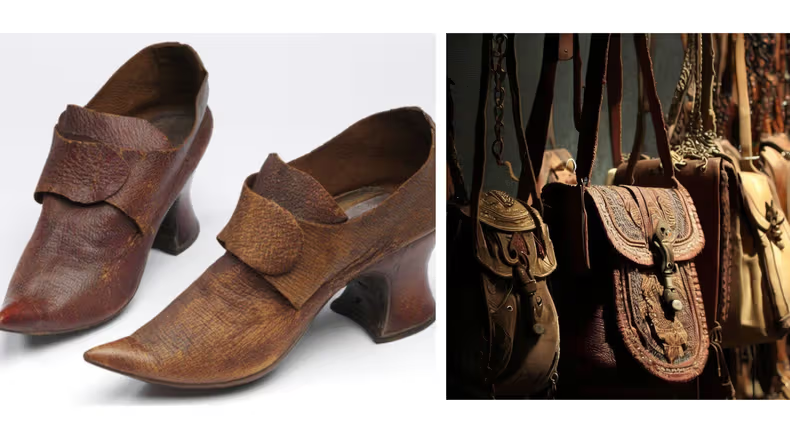< 1 mn read
Today, we often associate certain fashion items with femininity, but historically, many were originally designed for men. Here are five such items that illustrate the fluidity of gender in fashion:
- High Heels
Surprisingly, high heels were initially created for men. In the 10th century, Persian soldiers wore them to secure their feet in stirrups for better balance while riding. By the 17th century, they became fashionable among European male aristocrats seeking to enhance their stature and presence. - Handbags
The modern handbag evolved from men’s hand-held bags in the early 1900s. As designers adapted these bags for women, they added features like closures and compartments, leading to the handbags we know today. Over time, the women’s version became more popular, overshadowing its masculine origins. - Thongs
Thongs have a long history, originally worn by men in various cultures. These garments, which reveal the buttocks while covering the front, can be traced back to ancient Africa, Egypt, Greece, and Japan. Their use has evolved, but they started as a practical garment for men. - Stockings
Hosiery, including stockings and tights, was predominantly worn by men since the ninth century. Wealthy men often donned colorful or white stockings, while those of lower status typically wore black. This fashion item has transformed significantly over the centuries. - Menstrual Pads
Disposable menstrual pads were invented by Benjamin Franklin, initially used to absorb blood from injured soldiers. Their convenience led to their adoption by nurses for menstrual use, demonstrating how practical inventions can shift into different societal roles.
These examples reveal that notions of masculinity and femininity in fashion are often shaped by changing social norms, highlighting the fluidity of gender expression throughout history.

